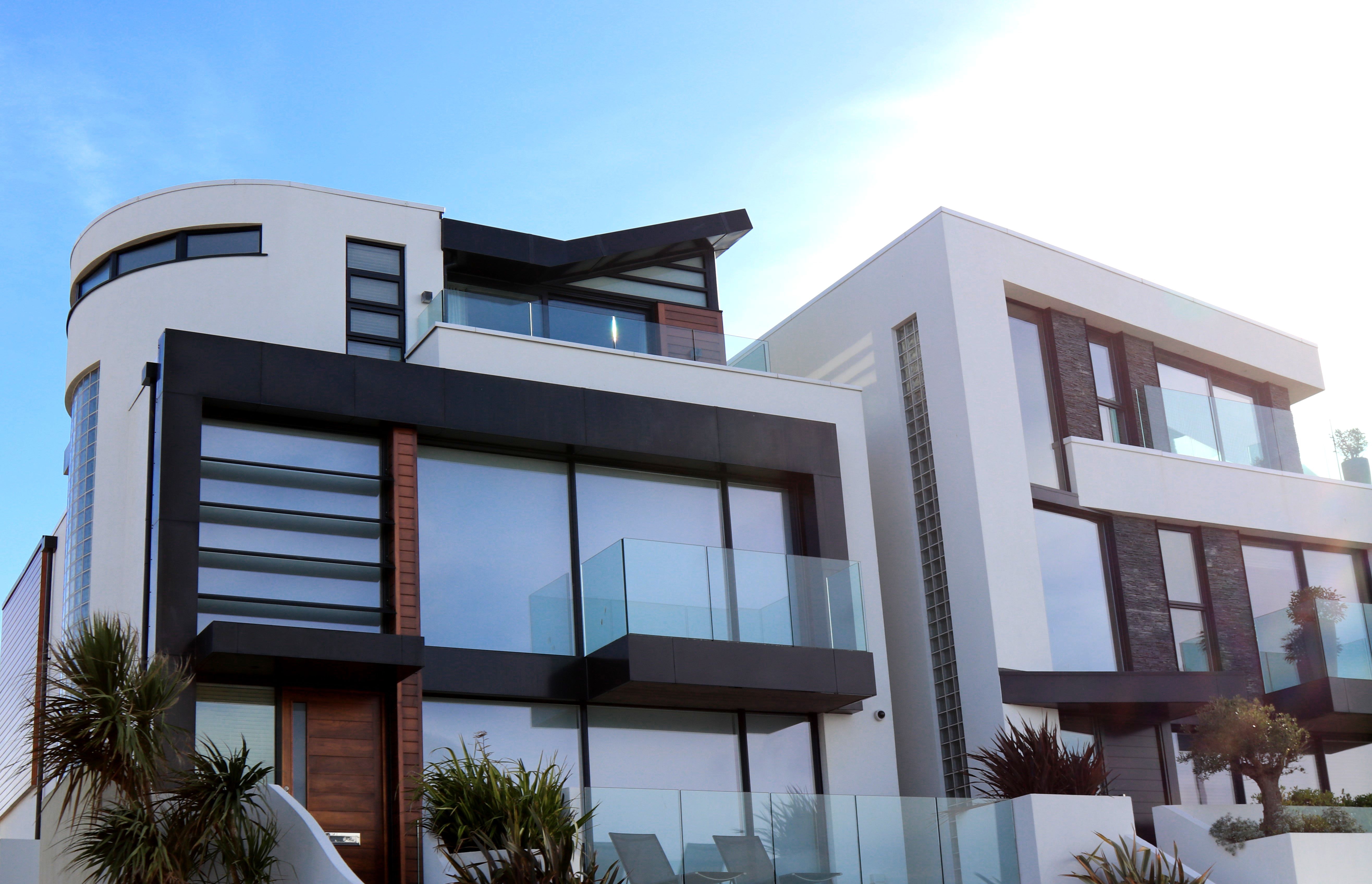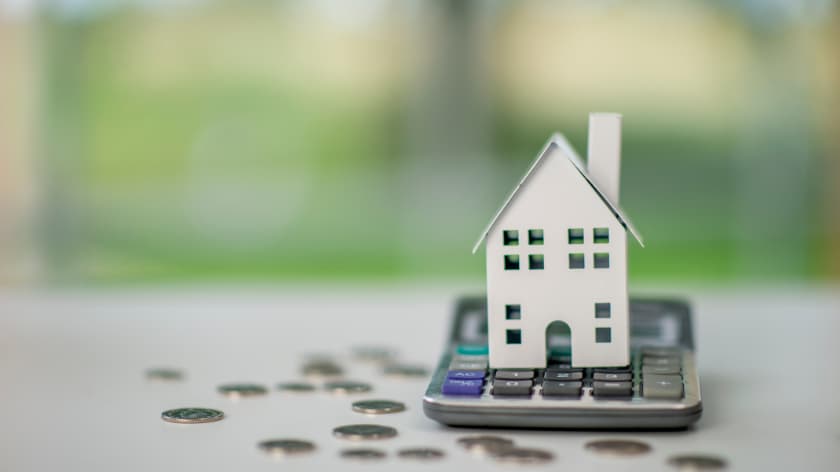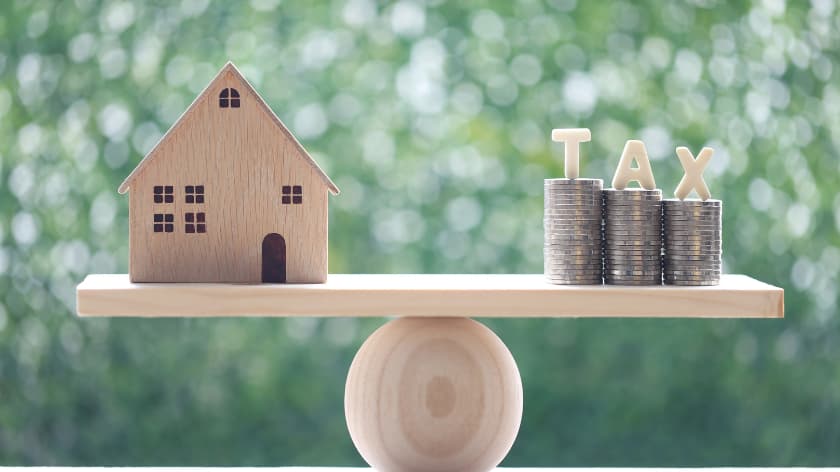What are Sustainable Buildings?
April 30, 2025

Increasingly, sustainable buildings are becoming an indispensable reality for building a future that is more responsible towards the environment. But what are sustainable buildings? These are homes or constructions designed to minimize environmental impact throughout their life cycle: from conception and construction to daily use and eventual deconstruction. In addition to optimizing natural and energy resources, they promote the health and well-being of the people who live or work in them.
What Characteristics Must a Building Meet to be Sustainable?
A sustainable building is distinguished by integrating a series of essential characteristics:
- Energy efficiency: uses systems that reduce energy consumption, such as quality thermal insulation, efficient air conditioning systems, or solar panels.
- Efficient water management: incorporation of rainwater collection systems, consumption reduction mechanisms, and reuse of gray water.
- Ecological materials: use of recycled, recyclable, or low-carbon footprint materials.
- Indoor environmental quality: well-ventilated spaces with abundant natural light and air quality control.
- Landscape integration: respect for the natural environment, promoting biodiversity and harmonious coexistence with nature.
These characteristics of a sustainable building not only benefit the environment, but also contribute to greater economic savings and a better quality of life.
What Requirements Must a Sustainable Building Meet?
Below, we present the requirements that a building must meet to be considered sustainable:
- Reduce CO₂ emissions during construction and in its daily operation.
- Minimize the environmental impact on resource consumption.
- Be adapted to local climatic conditions to maximize efficiency.
- Use renewable energies whenever possible.
- Ensure responsible management of generated waste.
These requirements are specified and recognized through different certifications for sustainable buildings, which guarantee compliance with international sustainability standards.
Certifications for Sustainable Buildings
Among the best-known certifications are:
- LEED (Leadership in Energy and Environmental Design): American certification recognized worldwide.
- BREEAM (Building Research Establishment Environmental Assessment Methodology): originating from the United Kingdom.
- VERDE: adapted to Spanish regulations.
- Passivhaus: focused on the maximum energy efficiency of buildings.
Obtaining these certifications is a guarantee that the building meets high environmental and quality of life standards.
What is the Design of a Sustainable Building like?
The design of sustainable buildings is key to ensuring a positive impact from the beginning. Some fundamental aspects that are taken into account are:
- Strategic orientation to take advantage of sunlight and reduce energy consumption.
- Integration of green areas and spaces for coexistence.
- Use of local, recycled, or low-impact construction materials.
- Incorporation of renewable energy systems such as solar or wind power.
This way of conceiving architecture is fundamental to understanding the buildings of the future: spaces designed not only for today, but for the generations to come. If you want to know more about this type of construction, we recommend our previous post on sustainable architecture.
Find a Sustainable Home with Espígul
At Espígul, we share the commitment to a greener and more efficient future. We work for sustainable construction to offer you options that combine design, efficiency, and respect for the environment. Whether you are looking for a new construction project or buying a certified home, at Espígul we accompany you so that you can find that place that adapts to your way of living and caring for the planet.
Want to know more about how we can help you? Do not hesitate to get in contact with us and discover all the sustainable building options that await you.

